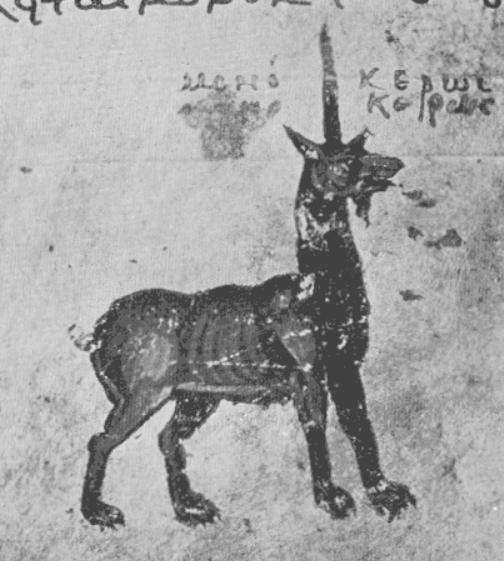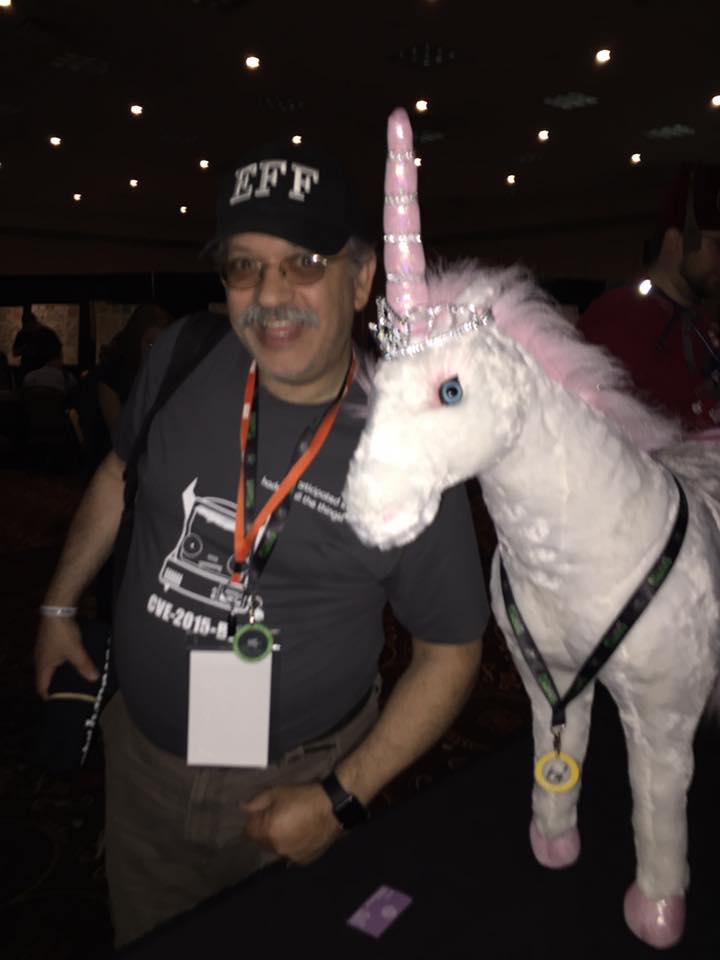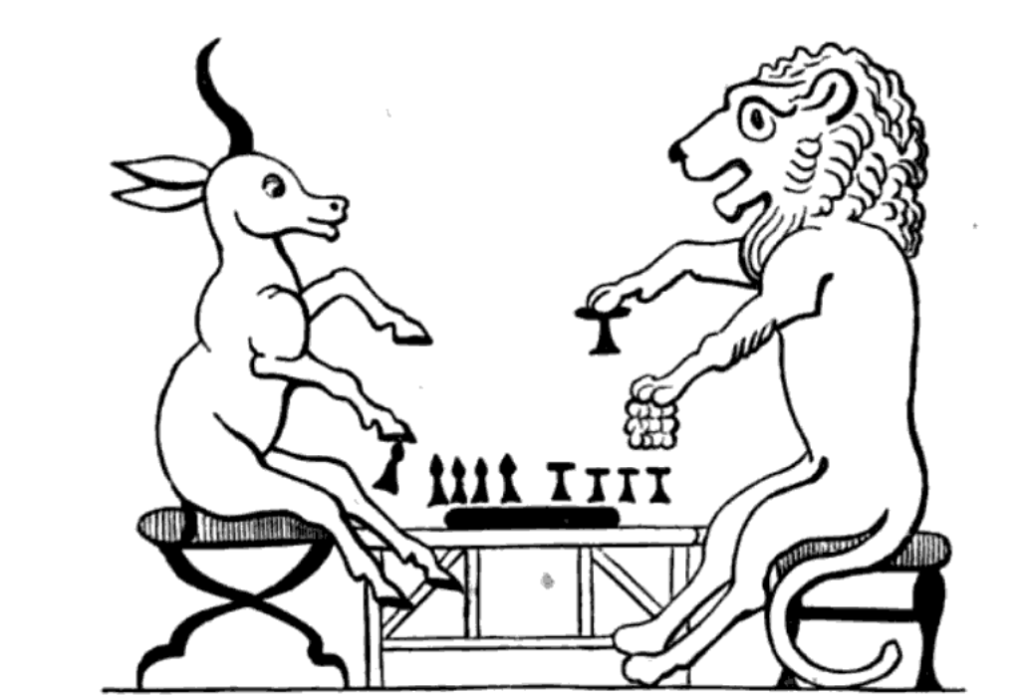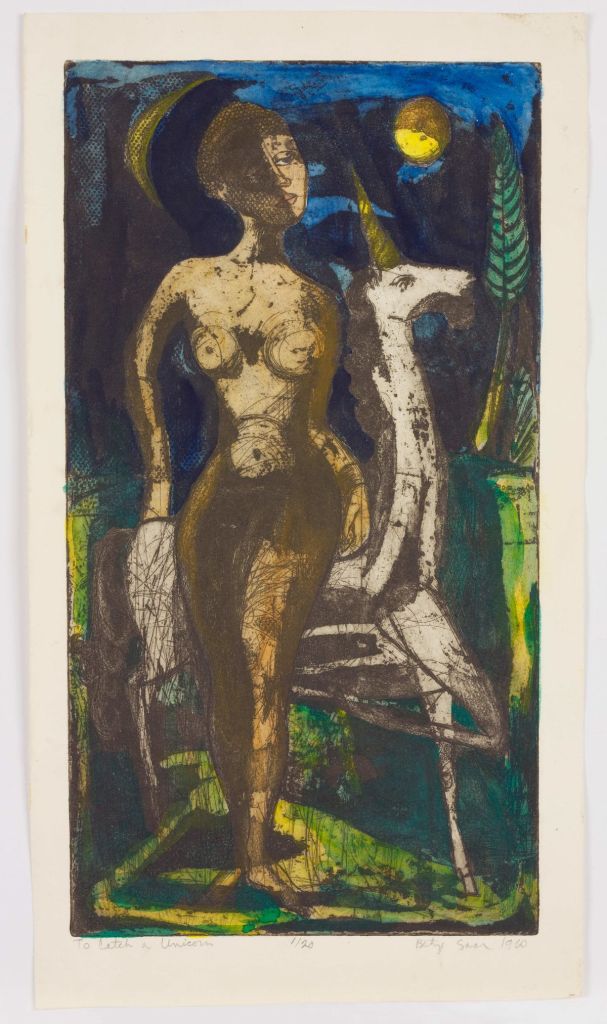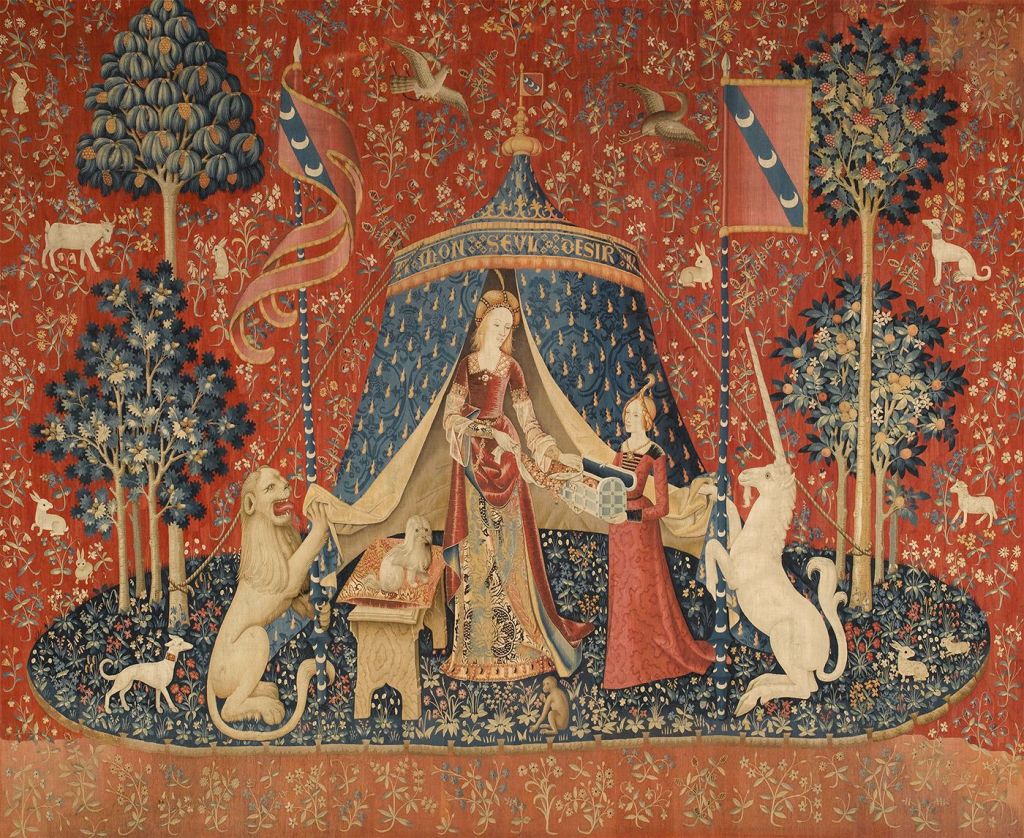
There are two major tapestry cycles which feature unicorns, one currently hangs in the Cloisters, a branch of the Metropolitan Museum of Art in New York City, New York, USA. The other hands in the Musée de Cluny, Paris, France. This cycle is rich in symbolism, pulling at symbolic language which has surrounded the unicorn since ancient Sumer. There is the grove of trees, and a lion, ancient mystical symbols, which in combination of the presence of the unicorn portent mighty things.
In this case, there seem to be multiple levels of meaning portrayed. In the context of the entire tapestry cycle, you may see the story of Joan of Arc laid out for those who can read the complex symbolic language. Read the brilliant analysis here by Yuki Fukazawa http://www.ladyandtheunicorn.com/ This particular tapestry shows the lady either setting aside her deepest desire, or taking it out of its case, supported by the lion and the unicorn, which were in opposition to each other in other tapestries in the cycle.
What is your true desire?
Learn more about the unicorn in my forthcoming release: On the Reality, Mythology, and Fantasies of Unicorns, available from Dragonwell Publishing September 2021.
